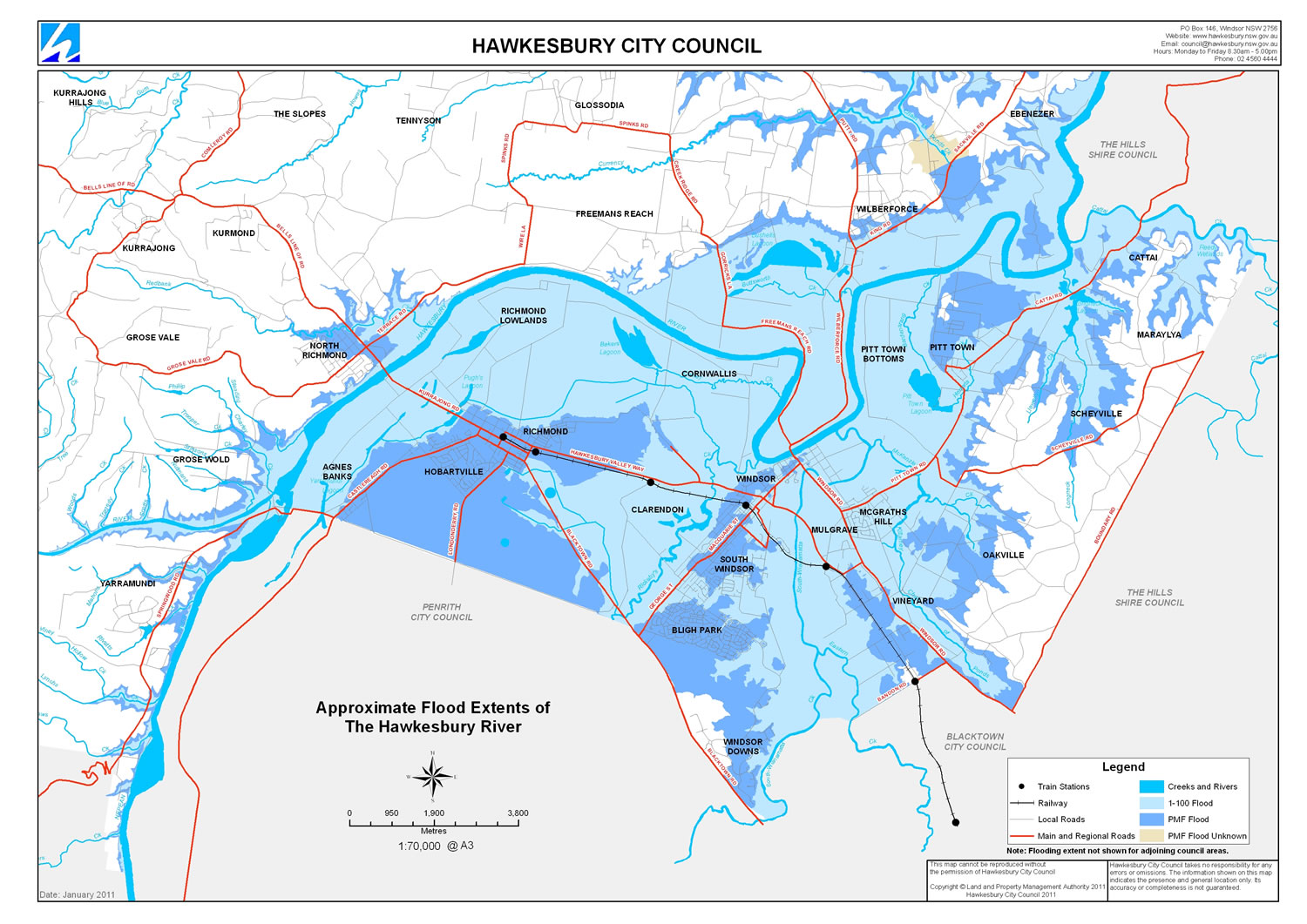

High risk areas are started by either “A” or “V”, low and moderate flood risk areas begin with “B”, “C”, or “X”. Special Flood Hazard Areas (SFHAs) are the areas that are at the greatest risk of flooding, mudflow, or flood-related erosion. The type of flood zone that you are in affects the cost of flood insurance policies and flood insurance is mandatory in some flood zones. The maps are also unable to account for pluvial surface flooding caused by intense rainfall. Unfortunately, FEMA flood maps often struggle to fully account for changes in flood patterns due to climate change. Your flood zone can provide crucial information on the physical and financial risks to your property as a result of flood.
100 YEAR FLOOD MAPS HOW TO
For more information on reading a flood zone map, see our full FEMA flood maps guide which describes the terminology of flood maps, how to use them, and their connection to the National Flood Insurance Program (NFIP).

You can locate your flood map using your street address through the FEMA Flood Map Service Center, or you can assess all your current as well as future climate risks with the ClimateCheck property report. Not all states require sellers to share flood risk information or reveal previous flooding or leakage to buyers. Base flood elevations derived from detailed analyses are shown at selected intervals within these zones.It is a good idea to research flood risk for your current or potential properties. These areas have a 26% chance of flooding over the life of a 30 year mortgage. VE - Coastal areas with a 1% or greater chance of flooding and an additional hazard associated with storm waves. Average flood depths derived from detailed analyses are shown within these zones. Base flood elevations derived from detailed analyses are shown at selected intervals within these zones.ĪO - River or stream flood hazard areas, and areas with a 1% or greater chance of shallow flooding each year, usually in the form of sheet flow, with an average depth ranging from 1 to 3 feet. These areas have a 26% chance of flooding over the life of a 30 ‐ year mortgage. Because detailed analyses are not performed for such areas no depths or base flood elevations are shown within these zones.ĪE - The base floodplain where base flood elevations are provided.ĪH - Areas with a 1% annual chance of shallow flooding, usually in the form of a pond, with an average depth ranging from 1 to 3 feet. The SFHA designations which appear within Bay County are explained further below.Ī - Areas with a 1% annual chance of flooding and a 26% chance of flooding over the life of a 30 year mortgage. The areas of minimal flood hazard, which are the areas outside the SFHA and higher than the elevation of the 0.2-percent-annual-chance flood, are labeled Zone C or Zone X (unshaded). Moderate flood hazard areas, labeled Zone B or Zone X (shaded) are also shown on the FIRM, and are the areas between the limits of the base flood and the 0.2-percent-annual-chance (or 500-year) flood. SFHAs are labeled as Zone A, Zone AO, Zone AH, Zones A1-A30, Zone AE, Zone A99, Zone AR, Zone AR/AE, Zone AR/AO, Zone AR/A1-A30, Zone AR/A, Zone V, Zone VE, and Zones V1-V30. The 1-percent annual chance flood is also referred to as the base flood or 100-year flood. SFHA are defined as the area that will be inundated by the flood event having a 1-percent chance of being equaled or exceeded in any given year. Flood hazard areas identified on the Flood Insurance Rate Map are identified as a Special Flood Hazard Area (SFHA).


 0 kommentar(er)
0 kommentar(er)
